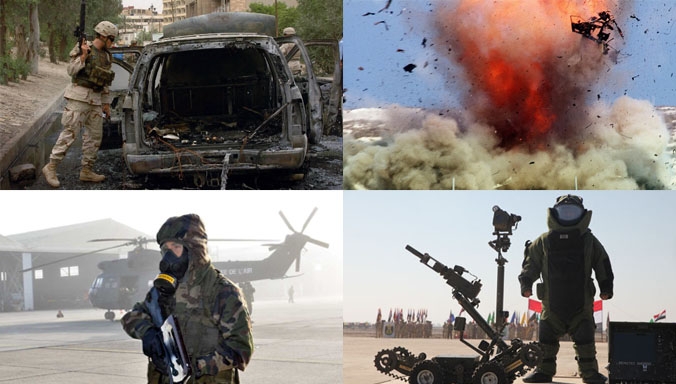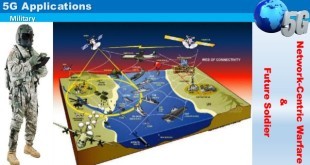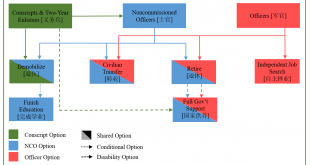In a world characterized by increasing complexity and unpredictability, ensuring the safety and security of its citizens is a paramount responsibility for any government. For the United Kingdom, this responsibility takes center stage with the unveiling of the Counter-Terrorism Strategy for 2023, a vital document that outlines the nation’s approach …
Read More »Counterterrorism Strategy: New Tactics and Technologies for Safeguarding Homeland Security
Introduction The ever-evolving landscape of global security has necessitated the development of innovative counterterrorism strategies to protect our homeland. In today’s world, where threats can originate from both traditional and emerging sources, it’s imperative that we adapt our approach to effectively prevent and respond to acts of terrorism. To that …
Read More »The Rise of Amphibious Warfare: The Crucial Role of Amphibious Capabilities in Addressing Modern Threats
Introduction: Amphibious warfare has experienced a significant resurgence due to its crucial role in addressing modern threats. As military strategies adapt to changing landscapes, the importance of amphibious capabilities in countering diverse challenges has become evident. In this article, we will explore the historical context, the evolving nature of amphibious …
Read More »DARPA’s In the Moment (ITM): Revolutionizing Military Operations with Algorithm-Driven Decision Makingdeveloping algorithm-driven decision making for military operations
Introduction: The realm of military operations is a complex and dynamic landscape where quick and informed decision-making can be the difference between success and failure. Recognizing the need for advanced decision-making capabilities, the Defense Advanced Research Projects Agency (DARPA) has embarked on an ambitious initiative called “In the Moment (ITM).” …
Read More »Exploring the Indian Space Policy 2023: A Roadmap for Advancing Space Technology and National Development
Space has become an integral part of modern society, with an increasing number of countries developing their space capabilities for a wide range of applications. In this context, the development and implementation of a comprehensive space policy have become imperative. The Indian Space Research Organisation (ISRO) recently released the Indian …
Read More »5G Dominance: Unveiling the US Military’s Strategic Leap and the Rise of a 5G Arms Race
In a bold move that marks a significant shift in the landscape of modern warfare, the United States has officially launched its 5G military strategy, declaring the race for 5G dominance as a new arms race. This development is set to reshape the future of military operations, with profound implications …
Read More »Militaries are restructuring and downsizing troops to be effective under changing threats and Warfare
Militaries around the world are undergoing restructuring and downsizing as a result of various factors, including budget constraints, changing security threats, and shifts in geopolitical priorities. The downsizing of military forces can be driven by a variety of reasons, including an effort to reduce the overall size of government …
Read More »UK Army Warfighting Experiment (AWE)
The Army Warfighting Experiment (AWE) is the British Army’s live trial of emerging military technologies and tools – bringing together industry and military experts to test new technology and improve Army capability. “The Army Warfighting Experiment has been and remains the flagship experimentation programme for the British Army. Through AWE …
Read More »DARPA ERI developing breakthrough U.S. national electronics capability for DOD missions to secure its national security
In 1965 R&D Director at Fairchild (and later Intel co-founder) Gordon Moore predicted continued systemic declines in cost and increase in performance of integrated circuits in his paper “Cramming more components onto integrated circuits.” These trends have underwritten the ongoing microelectronics revolution. “Moore’s Law has set the technology community on a …
Read More »India’s Smart and Comprehensive Integrated Border Management (CIBMS) to guard its long, difficult and porous borders
The long, porous and difficult borders have created the security challenges of illegal immigration, cross border terrorism, narcotics and arms smuggling, abetment of separatists and left -wing extremism and separatist movements aided by external powers. Pakistan policy of supporting cross border terrorism has led to constant border skirmishes along the …
Read More » International Defense Security & Technology Your trusted Source for News, Research and Analysis
International Defense Security & Technology Your trusted Source for News, Research and Analysis





